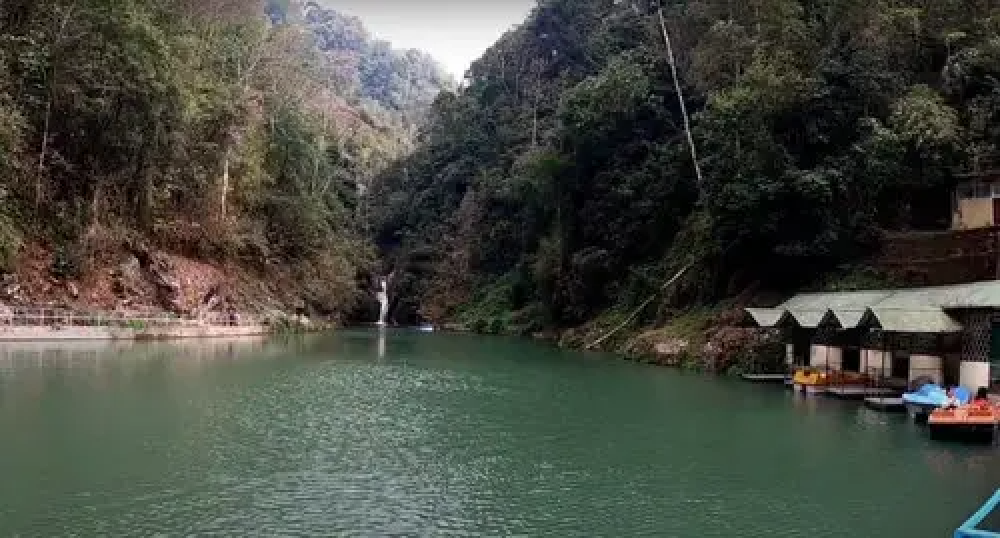

Nestled in the lap of the Eastern Himalayas, Darjeeling, known as the "Queen of the Hills," has long been a favored retreat for tourists seeking respite from the heat of the plains. The history of tourism in Darjeeling is intricately linked to the British Raj, with the region being developed as a summer resort for British officials as early as the mid-19th century. Darjeeling's cool climate, panoramic views, and the introduction of the Darjeeling Himalayan Railway in 1881 contributed significantly to its popularity as a holiday destination.
Among the many attractions in Darjeeling, the Rock Garden, or Barbotey Garden, stands out as a captivating spot of scenic beauty, built around a natural waterfall cascading through its rocky landscape. This unique tourist destination was constructed in the 1980s as an initiative to enhance the allure of Darjeeling and has since been a hotspot for nature lovers and those seeking a tranquil environment.
The Rock Garden offers a multitude of terraced gardens with a diverse range of flora, sitting areas fashioned from cut rocks, and a refreshing ambiance accentuated by the Chunnu Summer Falls. Its location, some 10 kilometers away from the heart of Darjeeling, grants it an isolated charm that continues to enchant visitors.
The inception of the Rock Garden marked a new era for local tourism, providing an additional incentive for travelers to explore beyond Darjeeling's town center. This attraction has not only contributed to the diversification of tourism in the area but also fostered socio-economic growth by creating employment opportunities for the local community.
Modern-day tourism in Darjeeling is characterized by a blend of historical heritage and contemporary preferences. Eco-tourism has gained popularity, with visitors increasingly seeking sustainable travel options and opportunities to connect with nature. In response, many accommodations, including tea garden resorts, have adopted eco-friendly practices.
Adventure tourism has also seen a surge in interest, with tourists engaging in activities like trekking to the majestic Sandakphu, mountain biking, and white-water rafting in the Teesta River.
Finally, the timeless allure of the Darjeeling Himalayan Railway, now a UNESCO World Heritage Site, continues to draw heritage enthusiasts from around the globe, ensuring that Darjeeling's tourism remains vibrant and eclectic. With the Rock Garden as one of its many jewels, Darjeeling maintains its status as a must-visit destination, offering a harmonious blend of cultural richness and natural splendor.
When planning a visit to the Rock Garden, tourists should keep in mind that the monsoon season can be quite heavy in Darjeeling, often leading to road blockages. Therefore, the best time to visit is typically between March to May and from September to November. There is a nominal entry fee, and the garden is open every day, with hours usually extending from early morning to sunset.